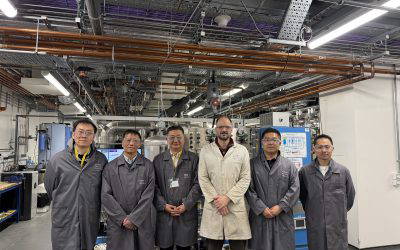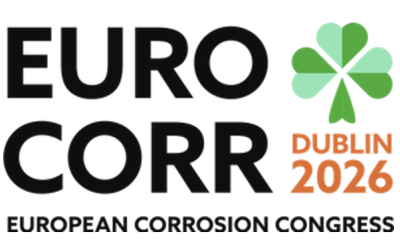In February, the branch welcomed Michael Kuhn, PPG, together with colleagues Malcolm Page, PPG, and Andy Nelmes, Bric, for a presentation on, “Nuclear Coatings – Learnings and Experience from Hinkley C”
The Climate Change Committee’s ‘balanced pathway’ to net zero for the UK assumes 10 gigawatts (GW) of nuclear capacity by 2035, yet almost all of the UK’s existing nuclear power plants are due to retire by the end of 2030. The Government in its energy security strategy has already announced ambitions that go beyond replacing retiring plants, these include progressing up to eight new nuclear reactors by 2030 and achieving up to 24 GW by 2050. Construction at NPP Hinkley C is continuing with current plans to build 3 additional plants – Bradwell B, Sizewell C, and potentially Wylfa.
Requirements for Protective Coatings in the Nuclear industry differs to the Oil and Gas industry. The Oil and Gas industry follows owner specifications based on international testing standards such as ISO 12944, Norsok, IOGP S 715 and ISO 19277, with the main focus on corrosion protection, chemical resistance/abrasion resistance and heat resistance of steel, for design life’s of up to 25 years. Whereas the Nuclear industry needs to consider in addition to above criteria, radiation resistance, decontamination characteristics, post-accident resistance for concrete and steel structures, for design life up to 60 years.
EDF, the developer of Hinkley C, has therefore very tightly controlled product qualification processes, and a comprehensive quality control system for coatings to be used in the nuclear industry. Testing carried out includes, toxicology, pull off adhesion (ISO 4624), salt spray (ISO 9227), condensation (ISO 6270), artificial ageing (NFT 30-049), temperature resistance (NFT 51-181), immersion (ISO 2812), abrasion resistance, fire classification (EN 13501), contamination/decontamination (NFT 30-901), resistance to ionizing radiation (NFT 30-903) and resistance to ‘APRP’ (NFT 30-900) – Accident by Loss of Primary Coolant. Coating systems qualified can be found in EDF website.
The challenges in the coating industry for nuclear new builds are that there have been no nuclear plants built in the U.K. since the early 1980’s. As a result of this, the focus of Protective Coatings has been increased in other industries, Oil & Gas, Marine, Aviation, Wind Farms and Construction. Training has been provided within these industries to predominately coat steel. However concrete coatings have been neglected due to the low industry requirements. Hinkley Point C will require 300 – 400 qualified painters to apply coatings to the concrete alone, at present there are very few experienced and qualified painters, and even less inspectors that have knowledge of both Surface Preparation and the Quality Standards required for EDF.
Construction of Hinkley Point.
From L-R, Andy Melmes, Malcolm Page, Michael Kuhn.
Mash Biagioli.
Steve Barke.
Paul Brooks.
Pig runs before, and 2 months after 25ppm application of multifunctional product.
FeS particles built up in a separator shown in yellow box in photo on left resulting in poor separation and water quality as shown in water tank on left hand photo vs images after application of product on the right. FeS particles had been remediated and the separator was functioning properly producing clear water.



